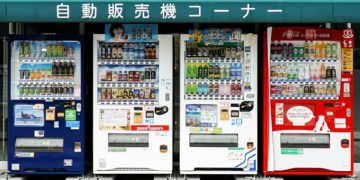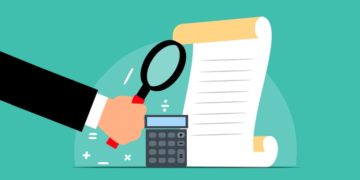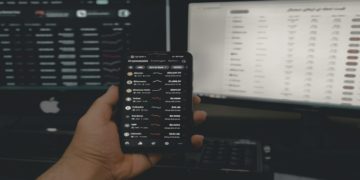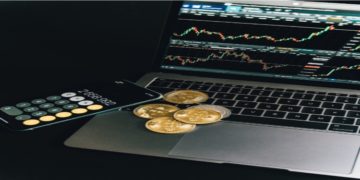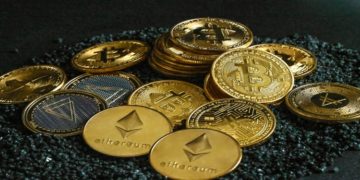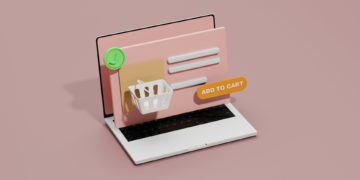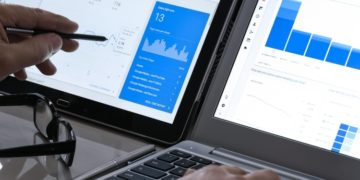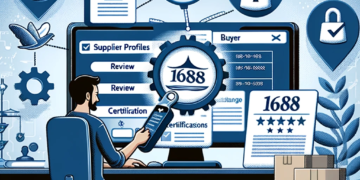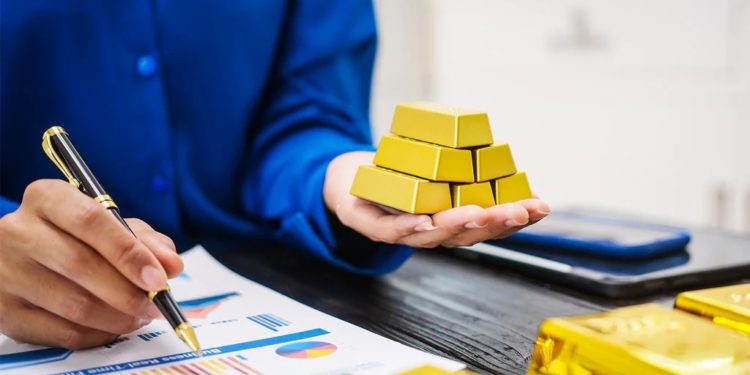In times of economic flux and uncertainty, investors often turn to tangible assets to preserve and grow their wealth. Among these, precious metals have long stood the test of time as a reliable hedge against inflation, market volatility and currency devaluation. But beyond the traditional choice of gold lies a broader spectrum of opportunities, each with unique benefits and risk profiles. Taking a fresh look at diversified metals opens up a world of potential for both seasoned investors and those newly exploring the realm of alternative assets.
Why Tangible Assets Still Matter
In an age where digital investments and virtual assets dominate headlines, tangible assets like metals continue to offer a powerful value proposition. They are finite resources, physically held or stored, and not subject to the same vulnerabilities as stocks, bonds or cryptocurrencies. Whether stored in a vault or incorporated into industrial supply chains, metals have intrinsic value that doesn’t evaporate with market sentiment or software glitches.
For investors seeking security, diversification, and long-term capital preservation, precious metals provide a solid foundation. Yet, focusing solely on gold may limit your potential returns. Exploring a diverse mix of metals introduces strategic flexibility to your portfolio.
Understanding the Key Investment Metals
Each precious metal plays a distinct role in global markets, from jewellery and currency to electronics and automotive manufacturing. Here’s a closer look at five prominent investment metals:
Gold
Gold remains the cornerstone of many portfolios for good reason. It is highly liquid, universally recognised, and historically resilient during economic downturns. Gold is typically used to store value, with demand driven by central banks, jewellers, and retail investors alike.
Silver
Often seen as gold’s more affordable cousin, silver carries both monetary and industrial utility. It’s used extensively in electronics, solar panels, and medical technologies. This dual-purpose demand means silver can sometimes be more volatile, but it also presents significant upside potential.
Platinum
Platinum is rarer than gold and silver, with prices largely driven by industrial use—especially in catalytic converters, petroleum refining, and fertiliser production. Its industrial demand has grown steadily, averaging over 3% annually over the past 20 years and more than 7% in the last five, driven by economic and technological growth. With critical roles in manufacturing and environmental processes, platinum offers strong appeal for investors seeking exposure to industrial recovery.
Palladium
Palladium has seen remarkable price growth in recent years, driven by strict global emissions standards and increasing automotive demand. It’s an essential element in emission-reducing devices and remains in high demand despite supply challenges. As a result, it carries both high value and high volatility.
Rhodium
The most niche of the five, rhodium is another critical metal in automotive emission control. It is the rarest and most expensive of the precious metals mentioned here, often yielding massive gains during supply shortages. However, it also comes with substantial risk and limited liquidity, making it suitable only for experienced investors or those with a higher risk tolerance.
Benefits of a Diversified Metals Portfolio
Diversification across multiple precious metals reduces the risk of overexposure to a single asset. Each metal reacts differently to market events and economic indicators. For instance, while gold might soar during geopolitical tension, industrial metals like palladium and platinum might surge alongside economic recovery due to increased manufacturing activity.
A well-balanced metals portfolio can provide:
- Inflation protection across multiple sectors
- Reduced volatility through asset variety
- Access to different growth drivers, including technology, automotive and green energy
- Enhanced liquidity options depending on the mix
Strategic Considerations for Investors
When deciding on allocation within a precious metals portfolio, consider factors such as:
- Market timing: Industrial metals often perform better during economic growth.
- Geopolitical climate: Turbulent times typically boost demand for safe-haven assets like gold.
- Technological trends: Metals used in solar panels or electric vehicles can see strong price support.
- Liquidity needs: Gold and silver are easier to buy and sell quickly, while rhodium may be harder to exit in a downturn.
Due diligence and ongoing research are crucial, especially when dealing with less conventional metals. Partnering with an experienced investment manager can help navigate these dynamics and optimise the portfolio for both security and performance.
For those curious about expanding their tangible asset holdings, exploring various metals for investment purposes provides valuable insight into opportunities beyond gold.
More Than Chasing Returns
Incorporating a range of precious metals into your investment strategy isn’t just about chasing returns—it’s about building a robust and resilient portfolio. Whether your goal is wealth preservation, growth, or risk management, diversified metals offer a time-tested yet modern approach to safeguarding assets in an unpredictable financial landscape.
By understanding each metal’s unique strengths and market roles, investors can make informed, strategic decisions that align with their long-term objectives. In today’s fast-paced investment environment, a grounded approach in tangible assets may be more relevant than ever.










